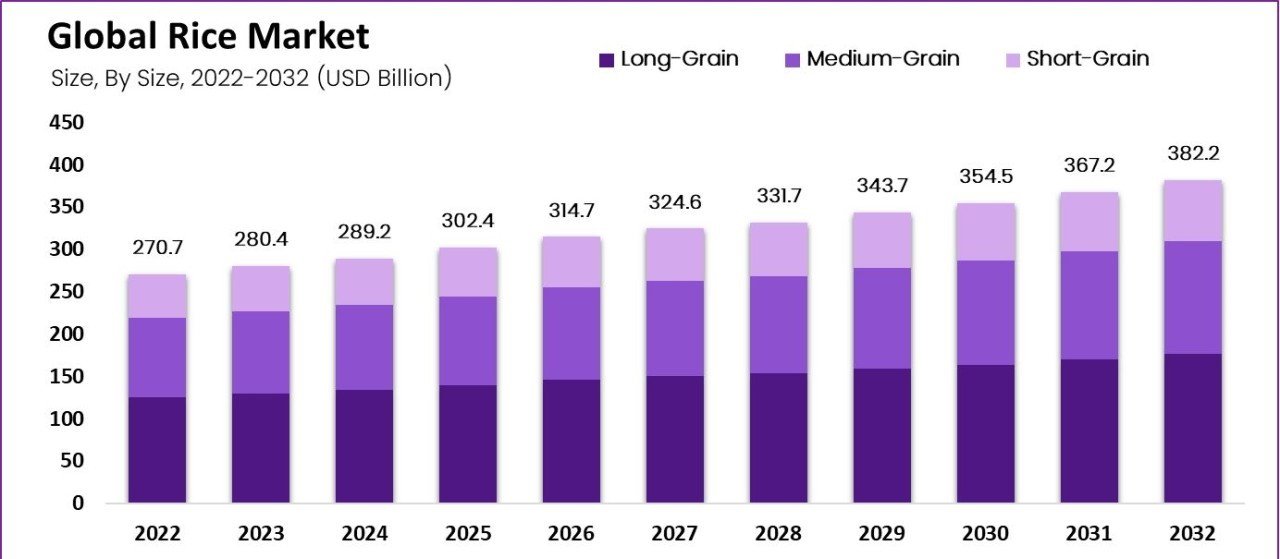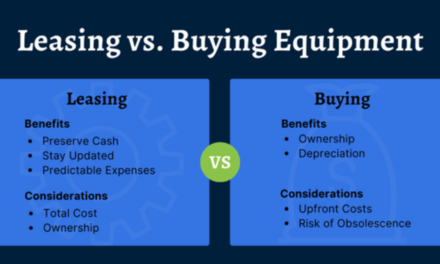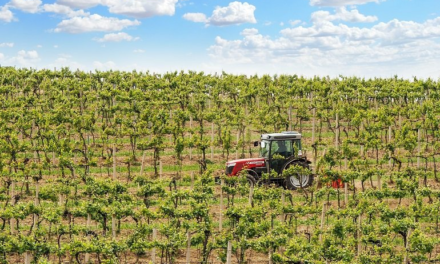Global rice prices significantly impact local farmers in various ways, both positively and negatively, depending on the market dynamics, trade policies, and the nature of the farming sector in a given region. Here’s a detailed overview:
1. Positive Impacts
Higher Global Prices
- Increased Income for Exporters: Local farmers in export-oriented regions benefit when global rice prices rise, as their produce fetches higher returns.
- Investment in Farming: Higher incomes enable farmers to invest in better inputs, technologies, and infrastructure, improving long-term productivity.
- Expansion of Rice Cultivation: Favorable global prices encourage farmers to allocate more land to rice production, boosting overall supply.
2. Negative Impacts
Volatility and Market Risks
- Price Volatility: Fluctuations in global rice prices can destabilize local markets, making it difficult for farmers to predict income and plan for the future.
- Market Dependency: Farmers in export-driven economies are vulnerable to sudden changes in global demand or trade policies, such as export bans or tariffs.
Cost-Price Imbalance
- Rising Input Costs: In a competitive global market, rising input costs (fertilizers, seeds, and labor) may not be matched by corresponding increases in farmgate prices.
- Pressure on Marginal Farmers: Smallholder and subsistence farmers often lack the bargaining power to benefit from higher global prices, as middlemen may absorb the profits.
3. Local Market Distortions
- Inflationary Pressures: High global rice prices can lead to increased local prices, making rice less affordable for domestic consumers and causing political or social unrest.
- Shift to Export-Oriented Varieties: Farmers may focus on producing export-preferred rice varieties, potentially neglecting local staple varieties, leading to reduced availability for local consumption.
4. Export Restrictions
- Government Interventions: To stabilize local markets, governments often impose export bans or tariffs during periods of high global prices. While this protects domestic consumers, it can limit farmers’ access to lucrative international markets, reducing their income potential.
- Stockpile Regulations: Export restrictions may force farmers to sell at lower domestic prices, harming profitability.
5. Subsidies and Support Policies
- Subsidized Inputs: To offset global price impacts, some governments provide subsidies for seeds, fertilizers, or machinery, helping farmers cope with price fluctuations.
- Minimum Support Prices (MSP): In countries like India, the government sets a minimum price for rice to protect farmers from global market shocks.
6. Climate and Geopolitical Factors
- Climate Change: Global rice price trends often correlate with climate-related disruptions (e.g., floods and droughts). These events disproportionately affect local farmers by reducing yields and driving up input costs.
- Trade Wars and Geopolitical Issues: Geopolitical tensions can restrict global rice trade, indirectly impacting local farmers by creating market imbalances.
7. Long-Term Impacts
- Sustainability Challenges: The pressure to compete in global markets may lead to unsustainable farming practices, such as overuse of water and fertilizers, degrading local ecosystems.
- Income Inequality: Larger farms and agribusinesses may thrive in globalized markets, while smallholder farmers struggle to compete, exacerbating inequality in rural communities.
Conclusion
Global rice prices are a double-edged sword for local farmers. While they can provide opportunities for increased income and market expansion, they also introduce risks related to price volatility, input cost pressures, and dependency on unstable global markets. Governments and farmer cooperatives play a critical role in mitigating these impacts through supportive policies, infrastructure development, and capacity-building programs.
Hashtags
#RiceProduction #FoodSecurity #SustainableFarming #RiceSupplyChain #AgriculturalDevelopment #RiceConsumption #RiceExport #RiceImport #RiceTrade #RiceDemand #RiceHarvest #RiceQuality #RiceVarieties #RiceDistribution #RicePolicy #RiceSustainability #RiceMarketAnalysis #RiceIndustryUpdates #RiceBusiness #RiceValueChain









